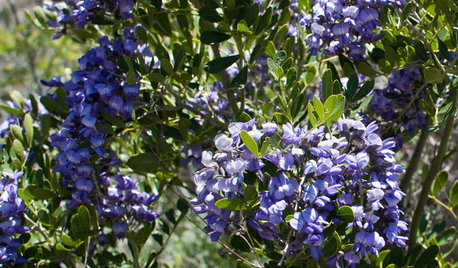How rare/prevalent are brooms?
unprofessional
11 years ago
Featured Answer
Sort by:Oldest
Comments (15)
ken_adrian Adrian MI cold Z5
11 years agomirek_l
11 years agoRelated Professionals
Kapaa Landscape Architects & Landscape Designers · Manorville Landscape Architects & Landscape Designers · Garden City Landscape Architects & Landscape Designers · Braintree Landscape Contractors · Bristol Landscape Contractors · Camp Verde Landscape Contractors · Dixon Landscape Contractors · Ellicott City Landscape Contractors · Hicksville Landscape Contractors · Hilo Landscape Contractors · Madera Landscape Contractors · Woodburn Landscape Contractors · Woodland Landscape Contractors · Markham Landscape Contractors · Greenfield Landscape Contractorsken_adrian Adrian MI cold Z5
11 years agoscpalmnut
11 years agogardener365
11 years agoken_adrian Adrian MI cold Z5
11 years agohungrymind
11 years agogardener365
11 years agobotann
11 years agolou_spicewood_tx
11 years agohungrymind
11 years agoishcountrygal
11 years agohungrymind
11 years ago
Related Stories

CLOSETSGet Your Broom Closet Just Right
The Hardworking Home: Make cleanup easier with storage space that neatly organizes your equipment and supplies
Full Story
STONEGive In to Your Wild Side With Exotic Granite and Onyx
Go beyond the standard slab with these radiant and rare stones
Full Story
LOFTSHouzz Tour: Suspended Garden Wows in a New York Loft
A ‘micro courtyard’ hangs in clear view from the inside of this former warehouse to create a rare connection to the outdoors
Full Story
TREES6 Unsung Spring-Blooming Trees
Billowy blooms and rare fragrances will make you wonder how these flowering trees could ever have been underused in landscapes
Full Story
BATHROOM DESIGNSubway Tile Wainscoting Puts Bathrooms on the Right Track
It repels water. It looks clean. It works with many architectural styles. Looks like bathrooms have a ticket to a no-brainer
Full Story
CRAFTSMAN DESIGNHouzz Tour: Thoughtful Renovation Suits Home's Craftsman Neighborhood
A reconfigured floor plan opens up the downstairs in this Atlanta house, while a new second story adds a private oasis
Full Story
CLOSETSHouzz Call: Is Your Closet a Storage Powerhouse?
We want to see how you are making the most of your closet storage areas. Post pictures and tell us how you’ve organized them
Full Story
MORE ROOMSOn Trend: Smart Solutions for Cords
Show those cables and wires who's boss with these clever solutions for the home office
Full Story
LIFE21 Things Only People Living With Kids Will Understand
Strange smells, crowded beds, ruined furniture — here’s what cohabiting with little monsters really feels like
Full Story
ARCHITECTURERoots of Style: Art Deco and Art Moderne
Get to know the similarities and differences between these architectural styles of the 1920s and 1930s
Full Story









hungrymind